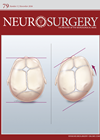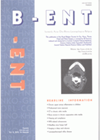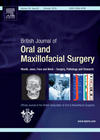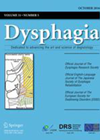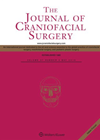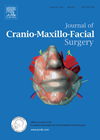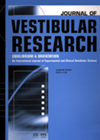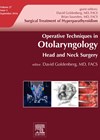
Journal Reviews archive for January 2017
Cartilage myringoplasty to treat patulous eustachian tube dysfunction
Patulous eustachian tube (PET) dysfunction, where the eustachian tube is abnormally opened at rest, is a notoriously difficult condition to treat. Symptoms can mimic symptoms of superior semicircular canal dehiscence: autophony, aural fullness, hyperacusis and breathing synchronous tinnitus. Treatment has...
Voice impairment following spinal cord injury
Patients with cervical spinal cord injury face several clinical problems. One of the problems is voice impairment secondary to poor respiratory support. Their syllables per breath, vocal intensity and vocal quality are impaired. This paper studied the impact of the...
Therapeutic ultrasound for tumours
This review article provides details about the potential applications of transcranial focused ultrasound (FUS), its mechanism of action and the studies that have set the basis for its use in neuro-oncology. FUS is an emerging modality of therapy for various...
Personal music systems are causing hearing loss
Sitting next to a teenager on a train with their iPod turned up loud enough for the entire carriage to hear is annoying, most will agree. Perhaps I might educate them about the risks of ‘music’ (if you can call...
Blood type and epistaxis
In this Turkish study, the authors attempted to determine if there was an association between ABO blood type and epistaxis. They looked at 359 epistaxis admissions at the same hospital over a three-year period. Only patients with idiopathic epistaxis were...
Hilotherapy for facial surgery patients?
Hilotherapy involves administering regulated cold compression through a facemask. The principle of this treatment involves cyotherapy as a traditional treatment for reducing inflammation, pain and swelling following trauma. It is believed that using hilotherapy (Hilotherm®), which uses a mask to...
Do certain chronic medications increase dysphagia in older people?
Oropharyngeal dysphagia is known to affect a high number of older people in the community, in care homes and in acute geriatric admissions to hospital. The authors of this study have recognised that many older people take drugs for chronic...
Improving the temporal contour in reconstruction
A feature of the temporalis flap is the sunken contour left behind. This group from Japan present a variation for filling defects for which we would traditionally use a temporalis muscle containing. The laterally based peri-cranial flap they present uses...
Money saving using CAD-CAM in mandibular reconstruction
CAD-CAM (computer aided design and computer aided manufacturing) is an exciting field in the functional and accurate reconstruction of oral cavity defects. This is a prospective study from Italy based on data from 20 consecutive mandibular reconstructions from 2011 to...
Is it possible to fix condylar neck fractures with one plate?
Fractures of the condylar neck are fairly common and account for over 25% of all mandible fractures. Over the years a number of modalities have been used to fix these fractures. Direct reduction is complicated by the overlying proximity of...
The video head impulse test: an aid to the diagnosis of spinocerebellar ataxias
Spinocerebellar and Friedreich ataxias (SCA and FA) by their nature present in neuro-otology clinics. The diagnosis is ultimately genetic but the authors investigated the characteristics of the VOR using the video head impulse test (vHIT) in order to distinguish between...
Finding the elusive parathyroid glands
While reading in the literature about new advances in knowledge and surgical techniques, it is often easy to lose track of the longstanding knowledge that we all acquired during our training. This is why this article on the anatomy and...



